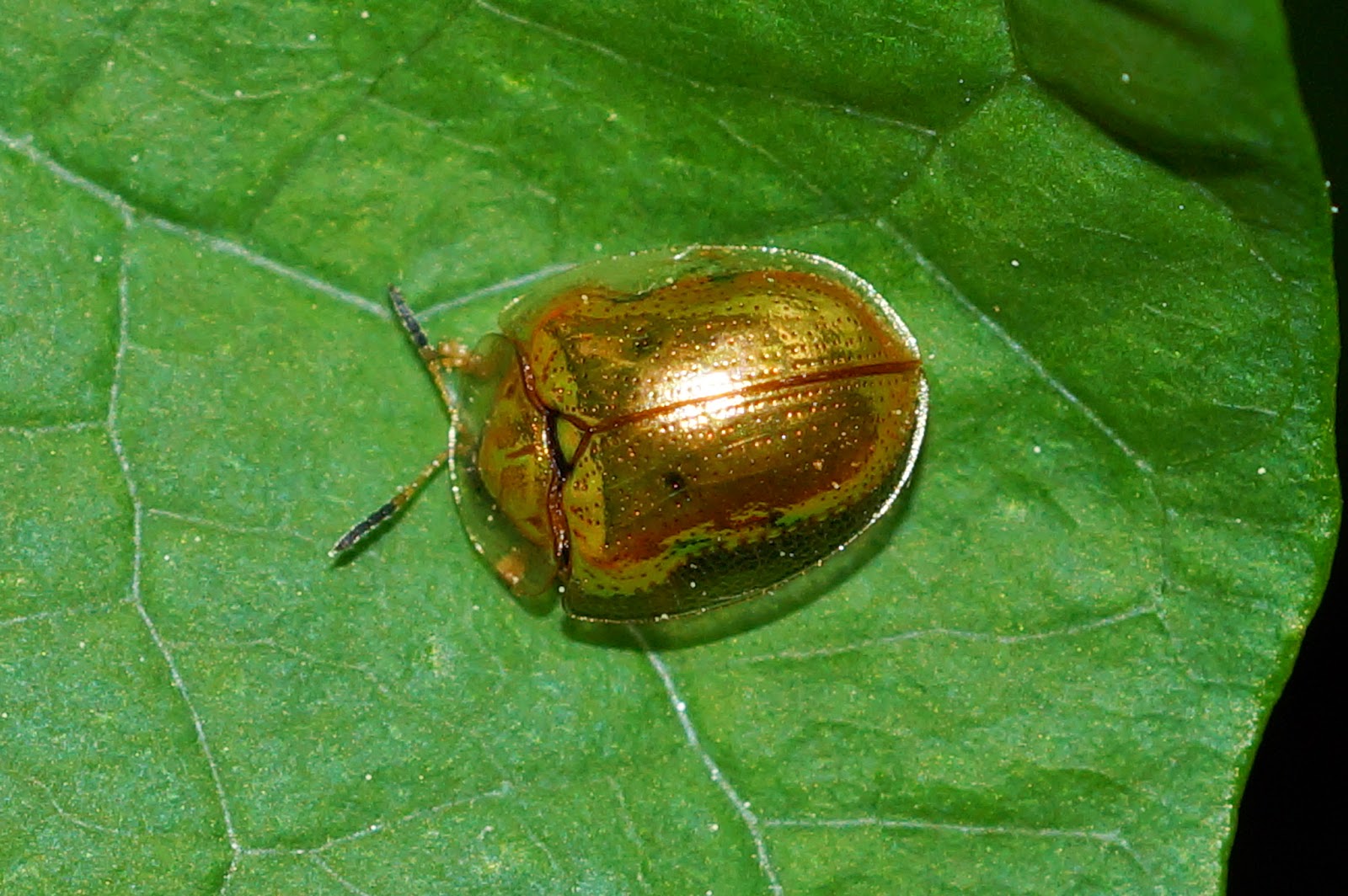Terrestrial Hide and Seek
Share




Camouflage is a process through which animals change colors in accordance with the surrounding environment, becoming hardly distinguishable from it. The two most common processes animals use to change color are chemical or physical coloration. In chemical coloration, animals use microscopic natural pigments in their body named chromatophores, which absorb some colors of light and reflect others. In physical coloration, on the other hand, animals produce colors via microscopic physical structures that function like prisms, refractingand scattering light causing a certain combination of colors to reflect. Let me now introduce you to some of the most fascinating creatures using different color camouflage techniques.
Chameleons
The best-known color-changing animals, these magnificent reptiles live in Northern Africa, the Middle East, India, and Madagascar, which alone hosts about 50% of the known chameleon species. There are over one-hundred species of chameleons, most of which change in colors between brown and green; some can turn into any color.
Chameleons have natural pigment cells—chromatophores—under the outer skin. Usually, the top layers have red or yellow pigments, while the lower ones have blue or white pigments. The chameleon's skin color changes through controling and manipulating these cells.
Besides being a major defensing mechanism, chameleons also change color due to other factors, such as temperature and mood. For example, when feeling cold, a chameleon might turn into a darker color to absorb more heat; when it gets angry, it turns into red and yellow.

Polar Bears
Far at the Arctic ice sheets, one of the planet’s coldest environments, live the stark white polar bears. Believe it or not, these creatures are originally black with translucent fur. However, black skin would make an animal an easy target against such a snowy white background.
Polar bears use physical coloration techniques todevelop stark white fur coats that provide the needed camouflage. The bears’ translucent fur carries the microscopic prism-like structures that reflect sunlight and the surrounding snow of its habitat, making the bear appear white.
Unfortunately, though, polar bears arediminishing in number and arelisted among highly threatenedspecies. This is the result of the drastic accelerated changes in its environment due to global warming. Unless humans change the path they are on now, the world will be losing these magnificent creatures as early as the fifth decade of this century, as suggested by latest released studies.

Golden Tortoise Beetles
Moving into the world of insects, the Golden Tortoise Beetle—a common North American beetle—adapts a very special color camouflage technique. This beetle’s metallic appearance makes it look like a shiny dew drop on the surface of a leaf. Yet, only one glance away and we may think it went away to be replaced by a red ladybug.
The coloring process depends on the amount of liquid filling the grooves in the layersbeneath the transparent outer shell. The beetles can control these liquids through microscopicvalves; when filled with liquids, these grooves turn the shell into a mirror reflecting sunlight in different shades. In Spring and Summer, the beetles are bright gold; in Fall and Winter, they become less lustrous, reflecting more orange and bronze than gold.
To protect themselves from predators, these delicious bird-meal beetles change color to disguise as the less tasty black-spotted red lady beetles. When disturbed or threatened, the beetles fluids are displaced revealing a red color with ladybug-like markings in the bottommost layer.
